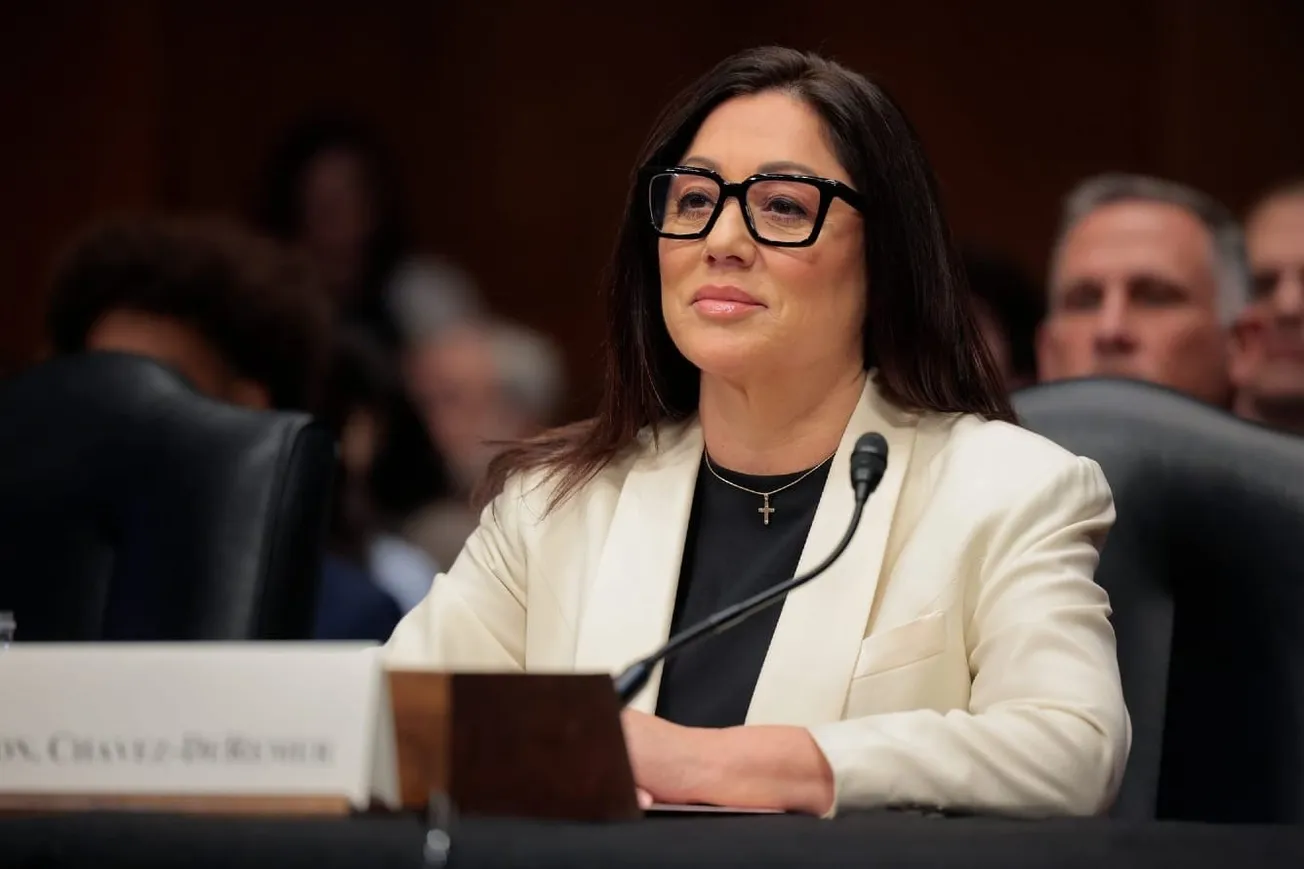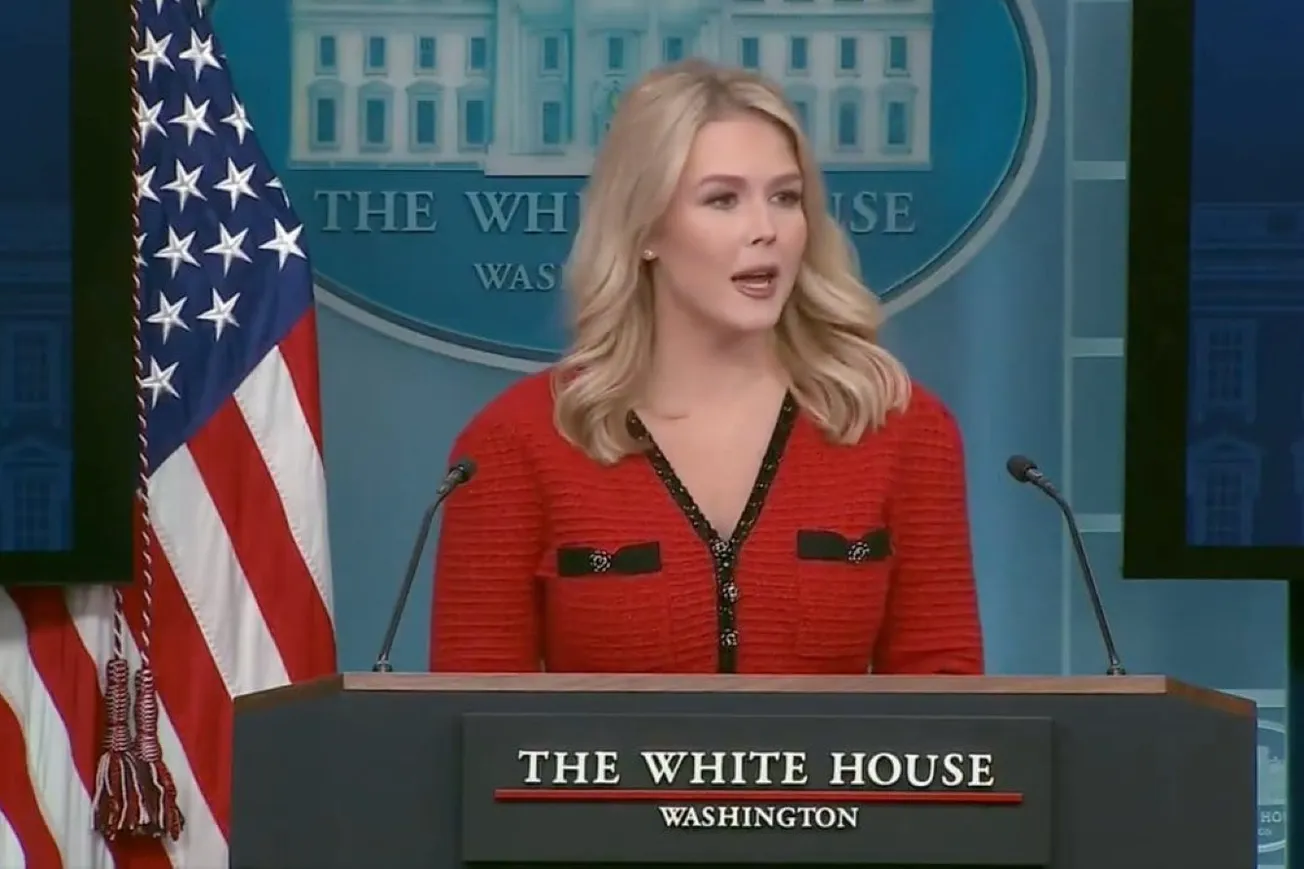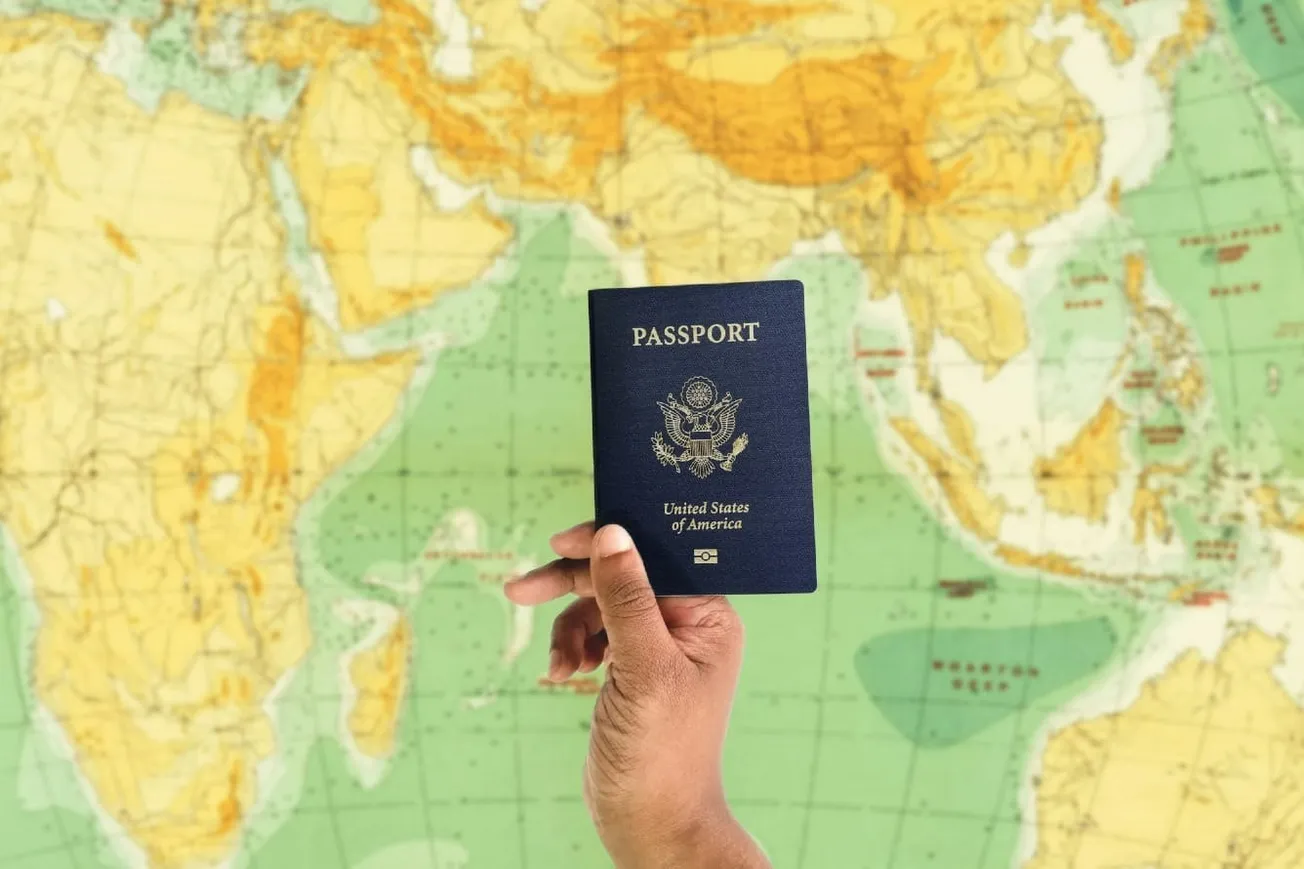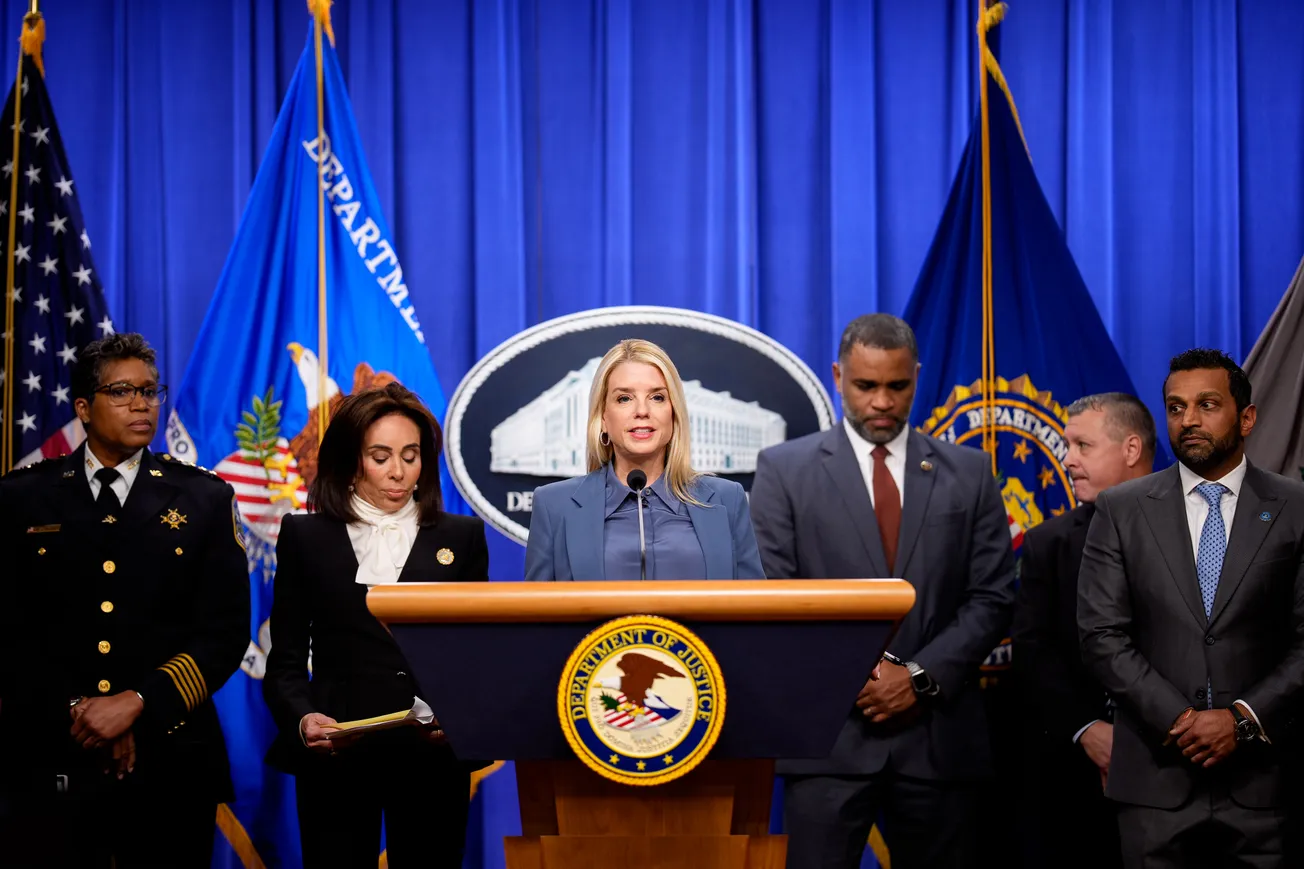At its core, the premise of the H-1B visa is straightforward. U.S. employers occasionally can't find competent Americans to fill vacant positions within their facilities. Rather than let American commerce suffer - causing hardships to customers, current employees, and shareholders - the law provides for companies to hire qualified individuals from abroad to work in the United States temporarily. And yes, those brought in must be paid prevailing wages - salaries that are "paid to other workers with similar qualifications and experience."
A good example would be a Midwest manufacturing company that makes rocker arms for the engines of Ford trucks in Dearborn. The company is about to test a new special-purpose machine that would improve production rates by 25%. However, the quality control engineer on the project was in a serious accident and had to retire early.
The company petitions the U.S. Citizenship and Immigration Services to import a skilled engineer, say from Germany, on an H-1B visa. The visa is granted for three years, with an option to extend it for three more. The German arrives in the Midwest, joins the project team, and helps launch the new machine successfully. During this period, the company continues to aggressively look for qualified Americans (perhaps even trains someone in the facility) to hire. Once an American is employed, the company organizes a farewell party for the German, who promptly departs the United States.
Very few Americans would have any trouble with the H-1B program as above - as Congress initially established it through the Immigration Act of 1990. This act was signed into law by President George H.W. Bush on November 29, 1990.
However, employers have so badly abused the H-1B visa that its impact is deeply felt in the "specialty occupations"—the sectors that traditionally hire employees from abroad.
The employers are not always American: Four of the Top 10 sponsors of H-1B visas are technology service companies headquartered in India: Infosys, TCS, HCL, and Wipro. The fifth is Cognizant, a company founded by Wipro and established in America to give the appearance that it is an American company—the majority of Cognizant's workforce is in India.
H-1B hires don't work "in the facilities of an American sponsor." Many H-1B hires are brought in by Indian and Western companies like IBM, Accenture, and Deloitte to their so-called "on-site" teams at "third-party client locations" in the United States to help outsource work to their "off-site" teams in India.
To understand the scale, consider that in the early 2000s, the Indian IT-BPM (Information Technology - Business Process Management) industry posted annual revenues of about $13 billion. In 2023-24, it posted revenues of $253.9 billion, a nearly 20-fold increase, much of it facilitated by the use of H-1B on-site resources.
When outsourcing occurs, American workers are often expected to train their incoming H-1B counterparts in return for severance pay bound by nondisclosure language. This travesty led to a public furor in 2014-15 when Walt Disney Parks and Resorts laid off approximately 250 IT workers from its technology operations in Florida. Laid-off Disney employees were required to train their replacements, who were H-1B visa holders from HCL Technologies and Cognizant Technology Solutions, in order to retain severance benefits and bonuses.
H-1B resources are not always the "best and brightest." The rules for specialty occupation visas stipulate that beneficiaries must hold at least a Bachelor's degree, which is easily met. H-1B resources aren't paid prevailing wage rates either. The Economic Policy Institute found that 60% of H-1B positions are assigned wage levels well below the local median wage for the occupation. A Government Accounting Office report found that between June 1, 2009, and July 30, 2010, 83% of H-1B jobs were certified at Level 1 (Entry-level) or Level 2.
Foreign workers are willing to accept such conditions because many intend to immigrate to the United States. The H-1B is a dual-intent visa that allows workers to enter America on a temporary non-immigrant visa but convert it to a permanent resident card (Green Card)—a legal pathway to citizenship.
Green Card country caps. The U.S. is the most generous Western country, accepting nearly 1.2 million permanent residents each year. Of these, almost 800,000 Green Cards are awarded based on family ties, such as a U.S. citizen sponsoring a sibling.
Only about 140,000 visas are given to the so-called employment-based (EB) categories, including the H-1B beneficiaries. Two constraints are placed on the disbursement of these 140,000 EB visas.
The first imposes a country cap limited to 7% of the total, so India, which has been receiving nearly 80% of the 85,000 annual quota of H-1B visas for almost 25 years, is awarded only 9,800 visas each year. Iceland, which has a population of just 350,000, is also awarded only 9,800 visas.
Second, each country's 9,800 visas are shared with spouses and children—which means an Indian H-1B worker with a spouse and two children receives four green cards at once. This practice lowers the number of visas available to other H-1B resources in line. The result is that more than a million Indians are on H-1 B visas, with many having to wait 80+ years to get their coveted Green Card.
The H-1B visa has been a disaster for all workers, Americans and international. Cheaper H-1B resources routinely displace American workers in specialty occupations, forcing Americans to train in new fields or accept lower wages. Cheaper H-1B resources discourage young Americans from pursuing technology careers, perpetuating reliance on foreign workers. Life is not great for H-1B workers either, as they feel indentured to their employers, staying on in the hopes of obtaining a Green Card.
The only beneficiaries of the H-1B program are the companies that benefit from a limitless supply of cheap labor. Add to this mix over one million international students who, thanks to the Supreme Court, can obtain coveted Optional Training Visas and work for below-market wages for American employers in hopes of securing an H-1B visa and, eventually, a Green Card.
Congress clearly did not envision in 1990 that the H-1B visa would directly hurt the lives of so many people. The program is ripe for a large-scale reset.









